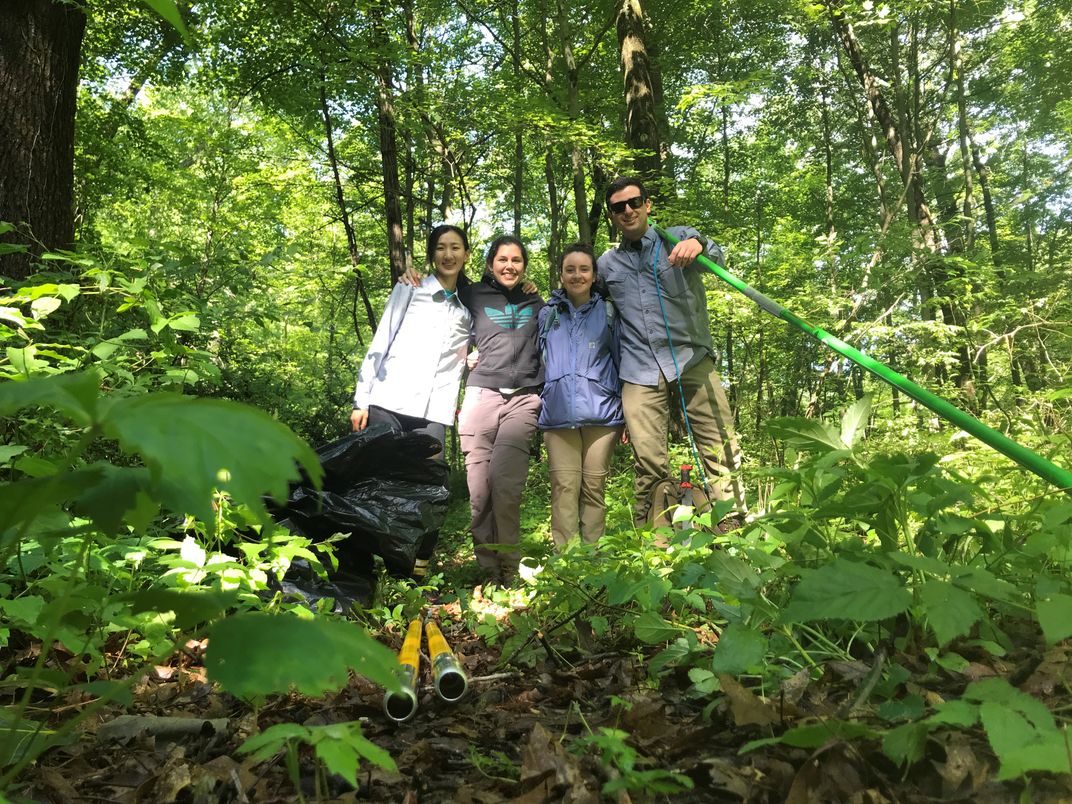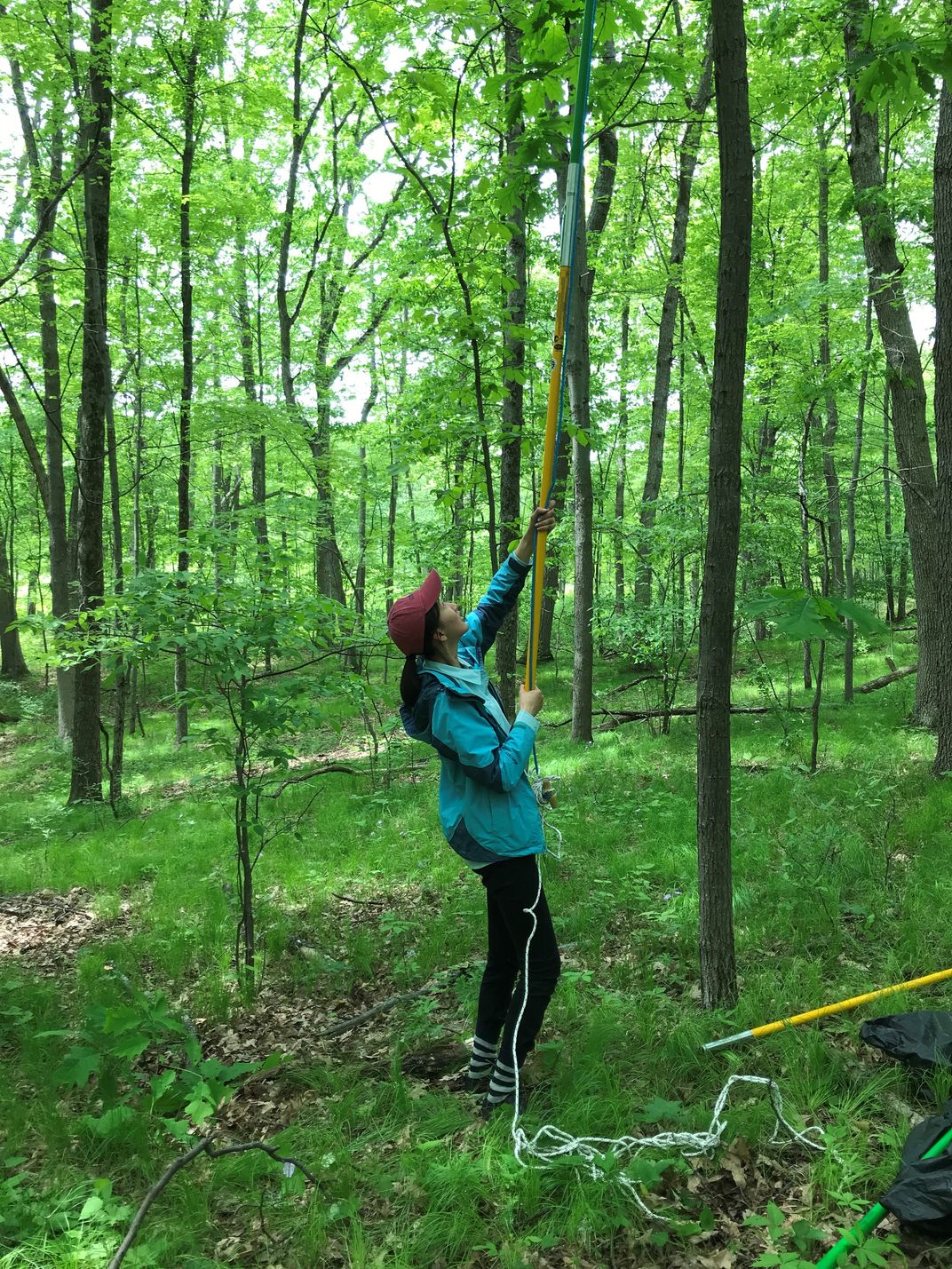OFFICE OF ACADEMIC APPOINTMENTS AND INTERNSHIPS
Connecting Roots to Leaves: Studying the Diversity of Plant Functions in a Temperate Forest
When looking at forests, we hardly get to see beyond a bunch of green. However, for a plant ecologist, forests represent a much more complex world consisting of different species. This diversity of species also reflects diverse forms and functions that define how plants work. Using information of plant function could help predict forests’ responses to changing environments.
When looking at forests, we hardly get to see beyond a bunch of green. However, for a plant ecologist, forests represent a much more complex world consisting of different species. This diversity of species also reflects diverse forms and functions that define how plants work. Using information of plant function could help predict forests' responses to changing environments. Plant function is determined by a set of morphological and physiological traits that influence survival, growth and reproduction. These sets of traits have been used to classify and characterize species into different ecological strategies. For example, species with large, thin leaves generally have a fast resource strategy: their large leaves allow them to efficiently intercept light and to grow fast in favorable environments with ample light, water and nutrients. Most of our knowledge about how plants function has been focused on leaves or stems, however, we do not know that much about the functional traits of roots.
Fine roots (the thin roots at the end of the root system) are responsible for taking up water and nutrients from the soil. Leaves and roots take up different resources that also differ strongly in their availability: in general, light availability diminishes from the top to the bottom of the canopy. Water, however, can be mostly available at the top soil (after rainfall) or at greater soil depths (e.g. groundwater), and nutrients can be highly heterogeneously distributed throughout the soil. Therefore, although leaves and roots fulfil similar functions (resource uptake), the differences in these resources and where they are available could lead to a strong disconnection between leaf and root functional traits.

Through the ForestGEO Research Grant, we started a new project to evaluate how species respond to a soil fertility gradient by looking at leaf and root traits at the 20-ha Big Woods forest dynamics plot, Michigan. Established in 2003 the plot is managed by the University of Michigan and is part of the Forest Global Earth Observatory (ForestGEO) network that aims to advance the long-term study of the world's forests. The motivation behind this project emerged from our interest in the factors that drive the distribution of tree species in this forest. Some of the tree species in this Big Woods plot are restricted to specific regions, which suggests that small-scale variation in soil fertility might play a key role in explaining patterns of species distribution in response to soil nutrient variation.
To investigate this, we measured soil nutrients throughout the forest plot to determine the differences in soil fertility. We also used tree survival and growth data that has been collected in different censuses since 2003 for the trees at the Big Woods plot. Then, during the summer of 2019, the fieldwork team collected leaves and roots to measure functional traits of the different tree species that should inform species resource-use strategies. Currently, together with the postdoctoral researcher Monique Weemstra, we are working on the data analyses. Monique is a root scientist and has previous experience doing research in temperate forests in Europe. Combining the soil, leaf and root, and long-term tree survival and growth data offers a unique opportunity to examine how plants respond to variable nutrient and water conditions. We hope this study will allow us to better understand future forest changes necessary to mitigate the negative consequences of climate change.



